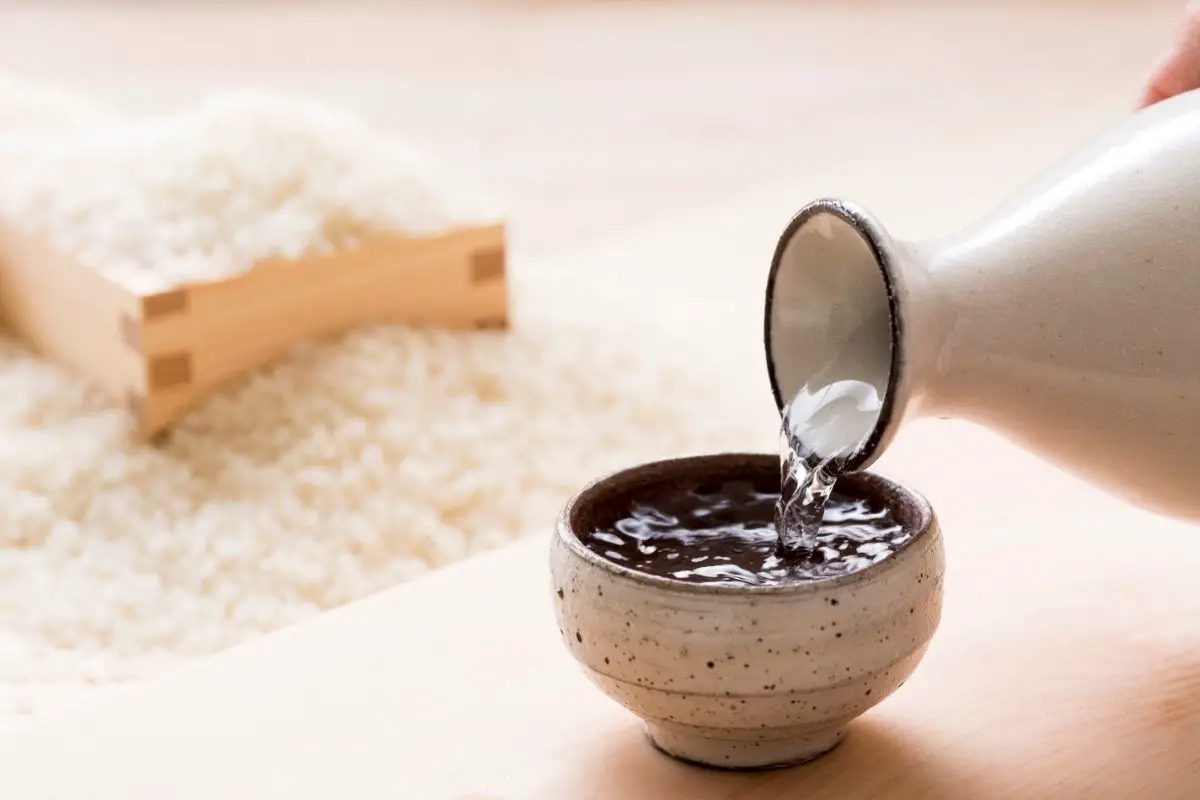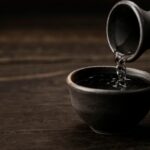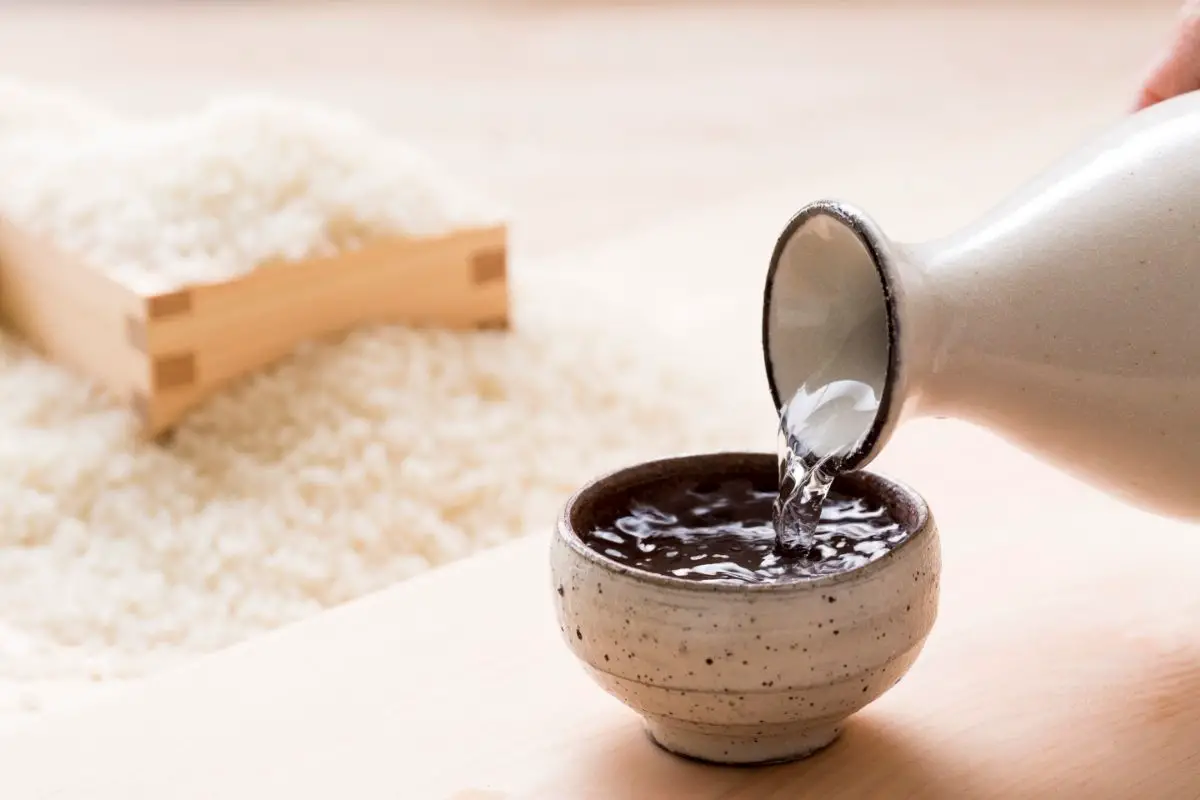Sake has become a more well known drink in modern times due to its inclusion in certain media like movies and TV.
In Japan, it is widely enjoyed, but outside of Japan – not many people will understand the best way to drink it. Is it a drink to be enjoyed warm, or should it be drunk cold?

In this informational article, we’re going to explore if you can drink sake warm or cold, along with some other handy notable facts!
What Exactly Is Sake?
Sake (see also ‘Does Sake Expire?‘) is an alcoholic drink that is normally drunk in small amounts at a time, similar to how you’d enjoy a shooter – except it is served in a sakazuki or an ochoko.
It originated in Japan, likely in the Nara era which was in the 700s. It is made by brewer’s rice – which is rice that is not used for eating – and then fermented, not distilled like spirits such as whiskey might be.
Some areas in Japan have sake as their national drink and it is enjoyed as a celebratory drink. Whereas some other areas of Japan will enjoy it as a welcoming drink. It is also used as a drink for tourists to enjoy when they visit.
Misconceptions About Sake
There are so many myths and stereotypes around sake as a drink and how it is enjoyed. For example, many people say that due to its clear color and small serving “glass”, that sake must be strong – like a sambuca or tequila.
This isn’t the case at all. In fact, the strongest Japanese made sake (see also,’What is Sake Made Of?‘) is only around the 22% mark which isn’t exactly super strong.
Others say that it must be wine due to its process of fermentation. The fact is, although sake creation shares some common steps as wine making – it has a much more complex and unique method than this.
And, as we know, wine uses grapes as a base – whereas sake uses rice. There are large differences between the two drinks, although the strength and some processes are shared among the two.
Another misconception is that sake will give you the most horrendous hangover if you consume it. This is likely due to its color and, as with some previous points – the judgement is being made on the presentation and serving of the drink.
In fact, sake – as it is simply rice and water fermented, it doesn’t have the same hangover creating ingredients as other drinks will.
Some experts say that the darker the drink, the worse your hangover will be due to congeners. The darker the drink, the more present the congeners. The fact is, sake does not share these characteristics.
However, sake can still get you drunk, and you will have the same results as drinking any other alcohol in terms of dehydration and potential alcohol poisoning – but the hangover level is not raised because it’s sake, if anything, it’s the other way around.
A final misconception is that sake must be drunk warm.
Sake: Warm Or Cold?
Ultimately, sake can be enjoyed warm or cold (see also ‘How To Heat Sake‘). There is no hard set rule on how sake should be consumed as such. Having said that though, drinking it cold or warm will make a difference.
The top sake in more contemporary times is drunk cold, but this isn’t going to be the case for all of them. Heating sake can release some of its hidden flavors, and this technique is shared with many other alcoholic drinks.
Opposite to this, lower quality sake should be warm when drunk because it will mask the undesirable flavors that you might notice when it is cold.
The rule of thumb is, the better the sake – the warmer it should be. But in reality, you can drink sake however you like. Check the quality of your sake and try it both ways and see which way you prefer it.
Sake’s Frequently Asked Questions
Sake’s mystery to us will also lead to some inevitable frequently asked questions. Let’s see some of them and provide answers!
What’s The Deal With The Little Cups?
Japan is a nation of traditions, honor and wisdom. The small serving cups for sake breathe into these characteristics.
In Japan, it is seen as an honor to pour a drink or provide food for someone. If the cup is small, it can be poured multiple times, so this act of kindness and honor can be repeated over and over again in one setting.
In fact, the tradition of sake says that you shouldn’t pour your own, but if you have nobody to do it for you – the younger person must pour it to the eldest person first.
Having said this though, sake can be consumed in different serving vessels. You can have a small wine glass if you so wish, but the tradition is not being followed properly.
How Should I Keep A Bottle Of Sake?
This is another area where wine and sake are similar. You should keep a bottle of sake in a dark area, but the best place is the fridge!
The difference here between wine and sake is that sake can last for much longer than wine can after it has been opened, and can likely stay in the fridge for a fortnight.
Is There A Vintage Sake?
No, sake operates similar to that of Champagne or Parmesan cheese. Real sake (see also, ‘What Does Sake Taste Like?‘) will be made in Japan and will not have its taste compromised by a longer storage process or a recipe change.
Vintage drinks suggest that it has been left for many years to enhance its flavor, but sake does not need to do this and does not want to alter its taste dramatically in this way.
So, if you’ve got an unopened bottle of sake from 30 years ago – you might as well throw it out!
Summary
Sake is a drink that can be enjoyed warm or cold, but it depends on the quality of the sake. Ensure you’ve checked the label first!









